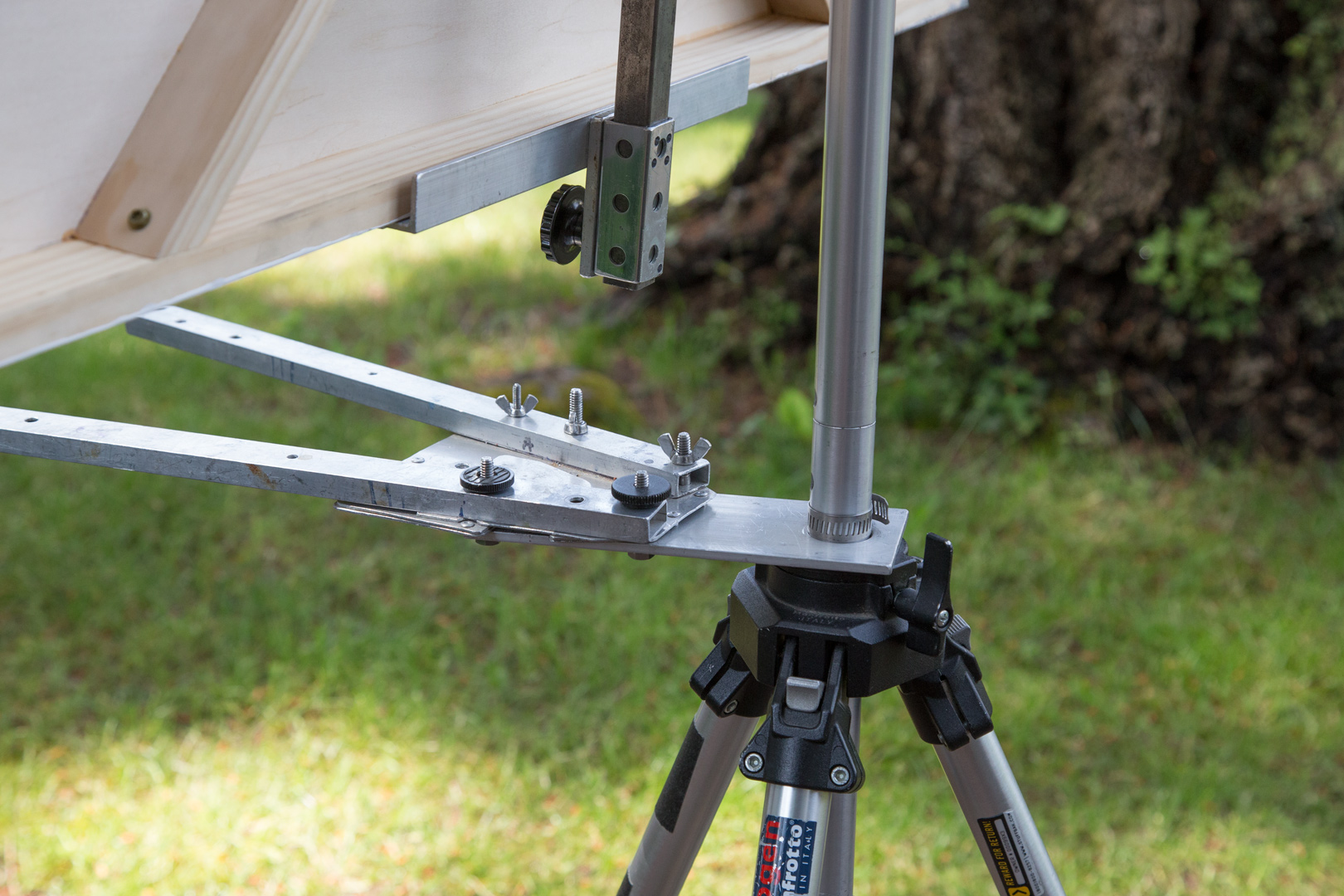Portrait of a climbing buddy
Posted by markhwebster on June 17th, 2018 • 0 Comments • Full Article
I met a great climbing partner 9 years ago in Joshua Tree. He wants to remain anonymous so I’ll call him John. We put together a van full of 4 guys and spent 3 weeks living the life. We are still friends today as we have a lot in common including: web design, inventing, playing guitar, and teaching.
We also both know our good friend Paul, who used to be a stellar climber but is now blind after a brain injury following a climbing accident. ‘John’ knows I’m trying to learn to paint so I asked him if he would consider sitting for a portrait. I said I couldn’t pay him…artist models earn $18 an hour. In exchange for posing, I’d give him the painting. He was onboard immediately. We are both underemployed and were easily able to schedule a couple morning painting sessions.
I’m still enjoying my break from Facebook. It’s so refreshing living the life I had before social media. My son used to always see my paintings first on facebook. He’d come over to the house and say, ‘oh yeah, I saw that on facebook…nice’. Now that I’m not online as much, it was awesome watching his expression when he first saw it…in real life. ‘Dam dad, you are getting really good at that!’
I know it’s got a few problems. Eyes have always been hard for me, and the background is unfinished. But it’s breathing and has staying power. I chose to walk away before I overworked it. I’m studying a book on painting called Alla Prima 2. He is famous for leaving large areas of his canvas completely unfinished. If the painting speaks, it is wise to leave it alone. Knowing when to stop is often the hardest part.




















